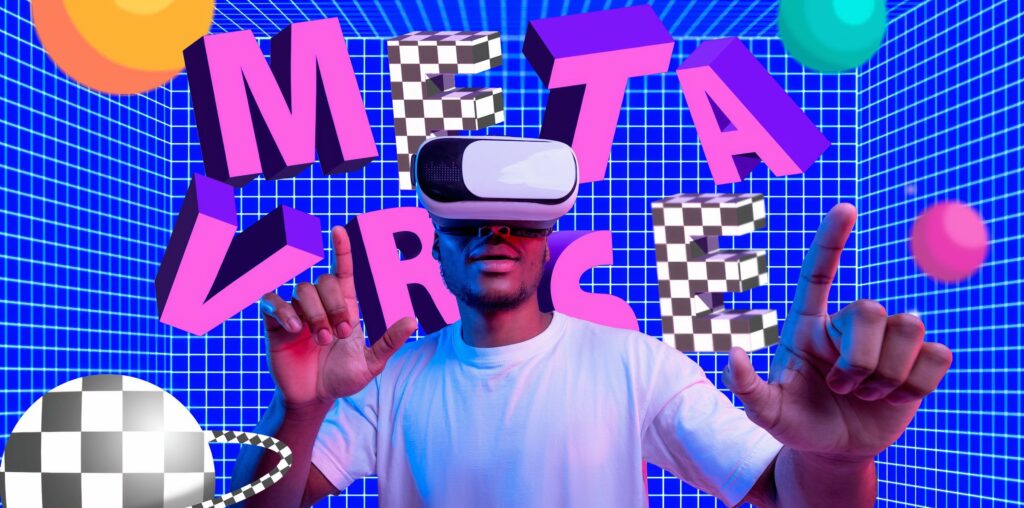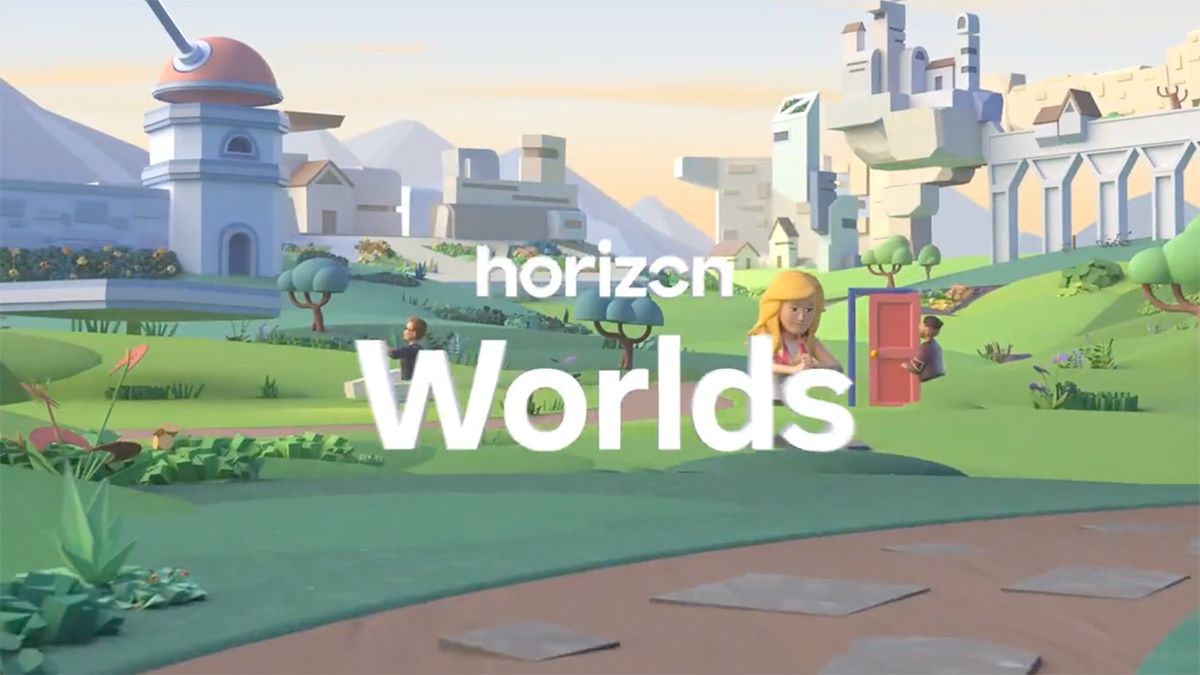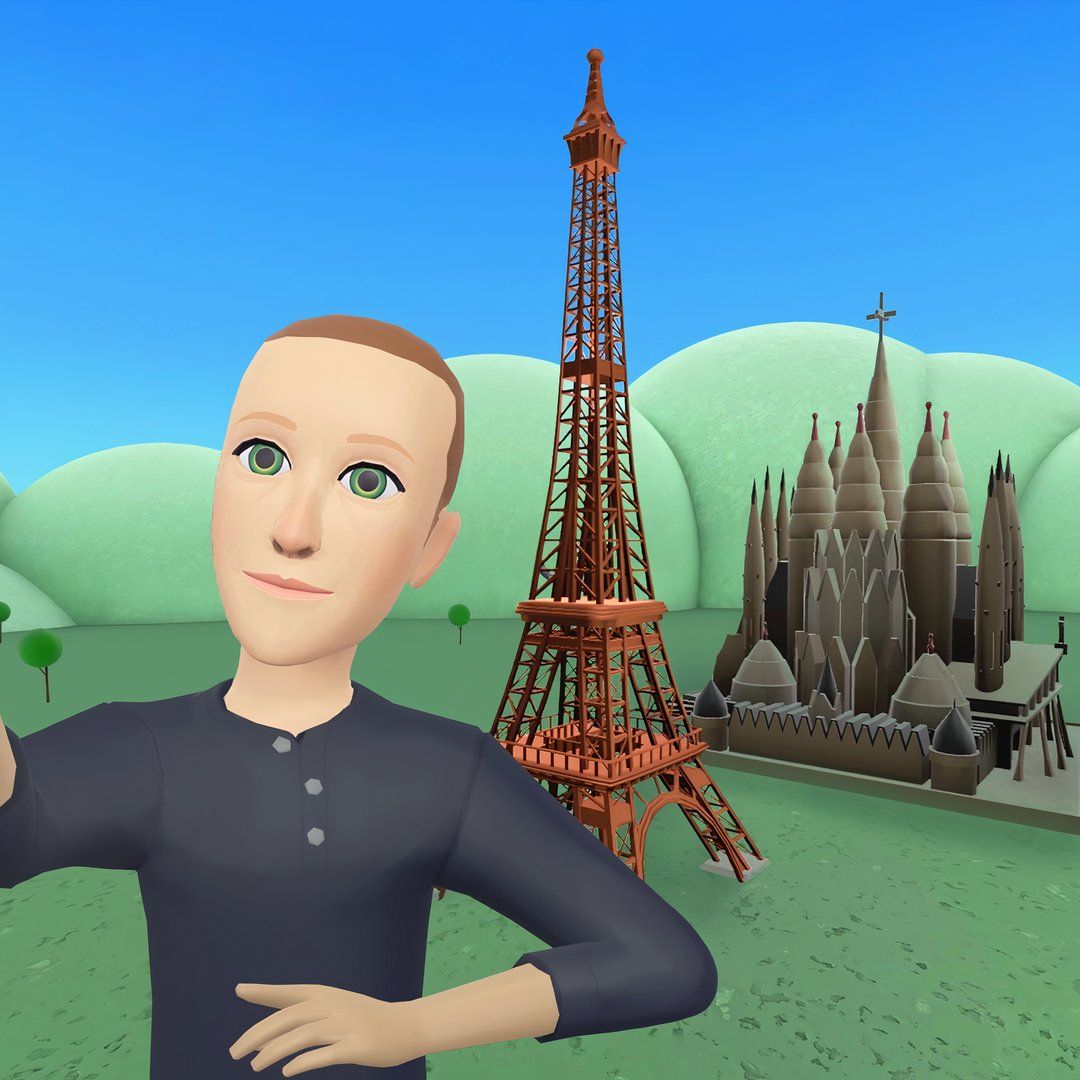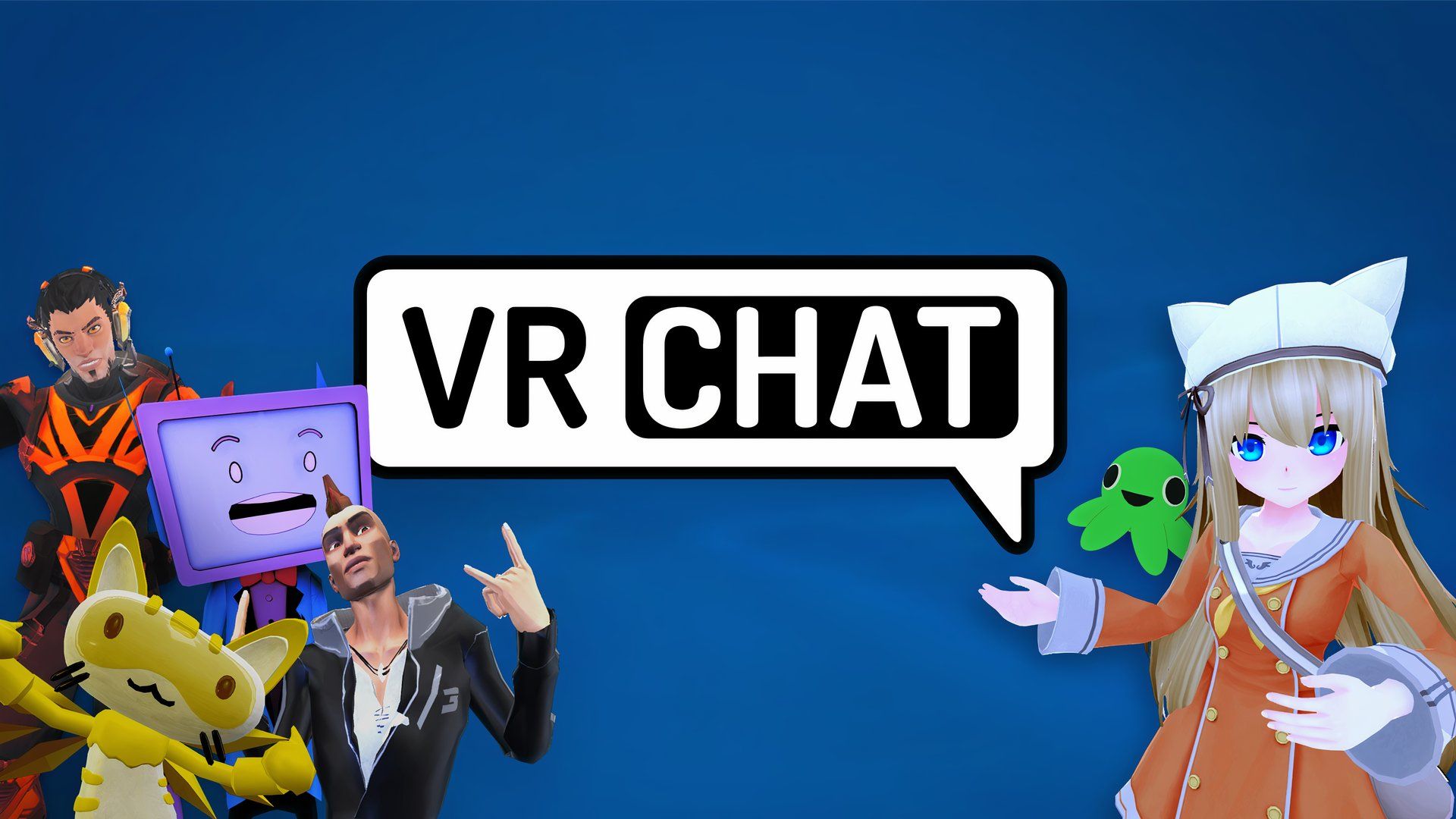Key Takeaways
- Existing “-verses” & hubs show progress, but lack seamless interaction and interoperability.
- Aesthetic quality, accessibility, and hardware limitations hinder metaverse development.
- Despite challenges, financial resources, user capability, and collaborative potential offer hope for a functioning metaverse.
Ever since sci-fi author Neal Stephenson coined the term “metaverse” in 1992, we technophiles have been eagerly waiting for the idea to come to fruition. Despite the hype, we’re still far from what’s typically envisioned in words like “metaverse.” Yet, as one of many VR pioneers myself, I believe we have some solid foundations to build upon in the near future.
Where We Stand Today
Currently, I think there are a few existing examples worthy of mention when it comes to the conceptual metaverse. These include proprietary “-verses” like Meta’s Horizon Worlds and HTC’s Viverse, social & creation hubs like VRChat and Roblox, and even non-VR entities like Fortnite and Second Life. What they all share is a desire to create a platform where users can interact, get creative, and express themselves, but what they lack is fluid interoperability, among other issues.
One thing that is glaringly obvious is that our would-be metaverse has problems. This is to be expected with any fledgling technological development, but anticipation seems to have outpaced demonstrable progress, turning the word “metaverse” into something slightly cringe-worthy.
Remember “hoverboards” back in 2015? Yeah—that one hurt Back To The Future fans worldwide. Again, the inability to operate seamlessly between competing entities of our social infrastructure is one necessary barrier to cross. While I believe this to be the most pressing matter, we’ve got a few other problems to deal with.
Our Main Issues
In spite of massive resources, platforms like Horizon Worlds, Viverse, and even the blockchain-savvy Decentraland are all hindered by their inability to serve up a satisfying aesthetic. I, for one, value a capability for high-quality visual fidelity akin to a AAA game title and not that of a 20-minute Unity VR tutorial. If the metaverse is ever to take off, it must bend to the will of we users, who will undoubtedly desire free rein in designing environments we want to see.
The infamous Horizon Worlds photo of Mark Zuckerberg.
The real elephant in the room when it comes to widespread VR integration is accessibility. Today, millions and millions of people are willing to pay hundreds, if not over one thousand dollars for a cellphone. It’s fairly likely you’re reading this article with one. The new Vive Focus Vision PCVR kit goes for about $999. How can a set of VR gear, comparable in price, amount to the same sort of perceived value? For many at this juncture in time, the answer is simply that it can’t, and that skepticism is not entirely unreasonable.
Not to beat a dead horse, but I’d be remiss if I didn’t mention our hardware limitations. I don’t have to tell you we aren’t quite at the level of technical prowess as demonstrated in those popular stories like The Matrix or Ready Player One. That said, this is by far the most rapidly improving issue of them all. Perhaps when high-end hardware finds itself more accessible to the public, via practical use cases or sheer wow-factor, demand for the metaverse may drive cooperation between competing interests to invest more in an environment that will benefit us all.

Meta Quest 3
$500 $640 Save $140
The Meta Quest 3 improves on the Meta Quest 2 in every way, while adding brand-new mixed reality capabilities thanks to advanced full color external cameras.
The Silver Lining
Despite these challenges, there are many great strengths that these environments possess, and should those advantages ever unite, perhaps we will be much closer to actualizing a properly functioning metaverse. One such advantage, championed more so by Meta itself than its virtual platform, is financial resources. The company has invested billions of dollars in its metaverse ventures, and seems keen on staying the course. A strong user base with this kind of support could really go places, so long as it isn’t owned exclusively by a company such as Meta. (See: Ready Player One)
One platform that I believe excels in user capability is VRChat. Users are free to create their own avatars and worlds and share those with the rest of the community. This is by no means an exclusive feature to VRChat, but it outperforms any other platform vying for the same attention in this area. I have seen everything from low-poly avatar renditions of a milk carton to popular avatars ripped directly from game files and photo-realistic copies of actual people. This is without mentioning all the incredible worlds that have been created, which inspire visions of a cooperative digital future by virtue of their diversity in design, purpose, and affinity for pop culture.
Other games have their advantages too, such as Fortnite dominating in IP collaboration and virtual artist performances, as well as Roblox (now with some VR support) catering to the younger creative audience while also providing great opportunities for community building. Now, just imagine if all these forces were working in tandem to sustain one monolithic virtual system–the possibilities would be endless!
While we still can’t quite enjoy the bustling ecosystem of Ernest Cline’s Oasis, we can support existing infrastructure to see through the potential development of one. I’m not sure if or when the interoperability evolution of the internet will happen, but if it does, we are one step closer to a proper metaverse. Until then, we’ll be waiting, so in the meantime, let’s get creating!




